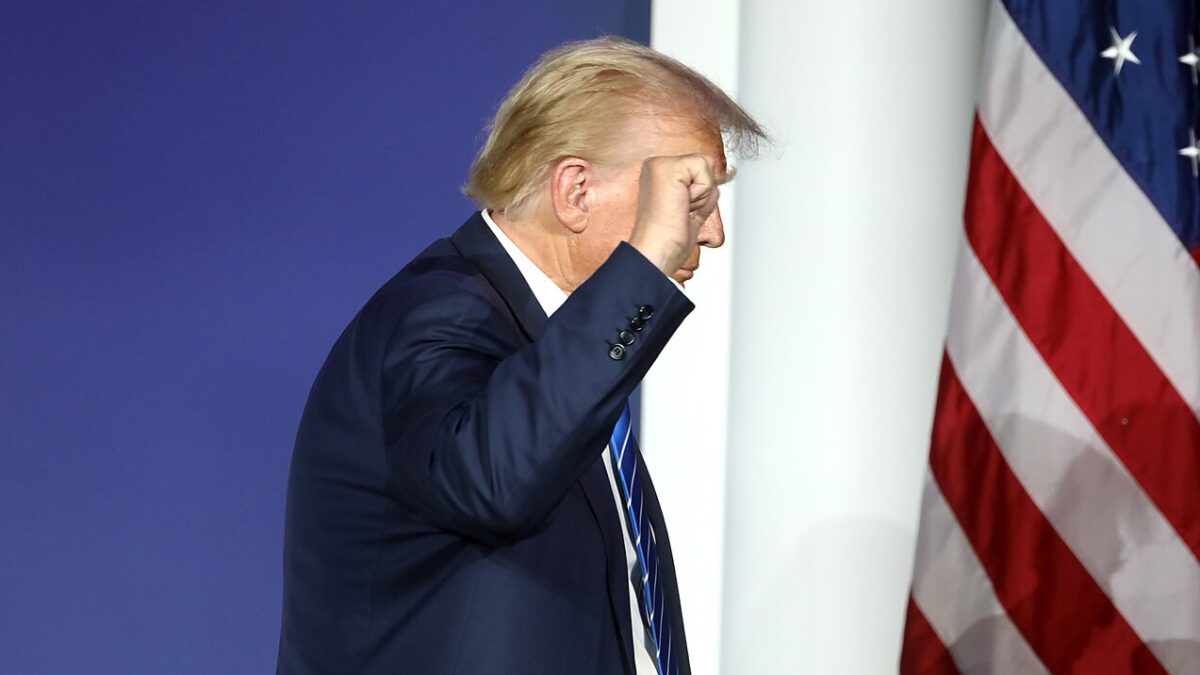Earlier this week, six more states announced lawsuits against Oxycontin maker Purdue Pharma LP. This brings the total to 22 states claiming Purdue and other opioid manufacturers have been deliberately marketing and misleading consumers about addiction risks to painkillers in order to continue producing billions in annual revenue.
Attorneys general of Florida, Nevada, North Carolina, North Dakota, Tennessee and Texas are the newest plaintiffs against big pharma’s methods of producing and marketing highly addictive painkillers. We now know these drugs are responsible for the growing opioid epidemic in the U.S., and have resulted in as many as 42,000 overdose deaths in 2016 alone, as well as an estimated $55 billion in health and social costs a year. Twenty billion of the health and social costs are in emergency department and inpatient care for opioid poisoning. Many governors and state directors of Public Health are looking for alternative solutions to combat the crisis and funding to offset current trouble spots.
But what is happening at the state-level? And are all states facing similar problems?
While state-level analyses can be problematic given variations in urban and rural area statistics, big picture snapshots can actually tell us a lot about the current state of states. Lucky for us, personal-finance website WalletHub just released a report on the states with the biggest drug problems in 2018 to highlight the states that are winning and losing the war on drugs. The methodology and the results provide insight into some commonalities and differences between the states that are doing well, and those that are not.
Let’s take a loot at the highlights. States with the biggest drug problems include: 1) District of Columbia; 2) Missouri; 3) New Hampshire; 4) Michigan and 5) West Virginia.
What is contributing to DC’s ranking as having the largest drug problem in the U.S.? One thing is that it’s not a state. DC is a district with a population larger than entire states, and it’s all urban. For example, the District of Columbia (68 square miles) has a 2017 estimated population of almost 700,000 people. But the entire state of Wyoming (98,000 square miles) has only an estimated 580,000 people. Interestingly enough, the DC-area also continuously ranks the healthiest city in America.
Blue States have more drug problems than red states.
When using state-level results of the 2016 presidential election, it is found that states that were called for Hillary Clinton have higher rankings on average for drug problems than states that were called for Donald Trump: 28.13 and 22.95, respectively. Although there appear to be more opioid prescriptions per capita in the south, the highest rates of drug usage and overdoses per capita are in the north. This appears to be true for both adults and teens, who were found to both consume and sell more drugs in northern states on average.
West Virginia has 52 drug overdose deaths per 100,000 residents — eight times more than Nebraska, which has the fewest drug overdose deaths (6 per 100,000 residents).
West Virginia seems to be an outlier for drug-related death. But the culprit appears to be a combination of having the most physicians arrested for over-prescribing and related to the lack of treatment options and treatment received by the state’s residents. In fact, only a few states have fewer treatment options than West Virginia, including New Mexico, Florida, Idaho and Mississippi. The troubling statistics in West Virginia recently led the attorney general to sue the U.S. Drug enforcement Agency (DEA), claiming the agency was failing to enforce and curtail drug manufacturers.
The DEA does make drug arrests, but interestingly enough they are mostly in South Dakota and Wyoming.
South Dakota and Wyoming are tied for the most DEA arrests per capita in recent years, followed by Mississippi and Missouri. State laws pertaining to drug monitoring, as well as a number of synthetic drug and trafficking ring busts may be the culprit of the high rankings. Mississippi also had a large number of arrests, in part due to physician arrests by the DEA, with opioids being the primary substance involved in over-prescription and abuse. The high number of arrests in Missouri was no surprise to those who know that it is referred to as the “Meth Capital” of the U.S.
Here are the states with the biggest drug problems (overall rankings).
- District of Columbia
- Missouri
- New Hampshire
- Michigan
- West Virginia
- New Mexico
- Indiana
- Rhode Island
- Kentucky
- Pennsylvania
Overall, no state-level ranking system is going to tell us what exactly need to be done to solve the opioid crisis in America, but assessments like these can be helpful in finding the troubled areas. It can also help us see which states are doing the best. And most importantly, this kind of information allows us to break many of the long-held beliefs that places like Missouri and West Virginia are somehow vastly different than places like New Hampshire and Rhode Island. At the end of the day, they all make the top 10 list of largest drug problems in the U.S., and something has to be done.









